São Paulo is, apparently, the largest city not only in Brazil, but also in both the Western and Southern hemispheres. It doesn’t feel that way, it’s not particularly crowded, though traffic is a nightmare, and it doesn’t even seem that big. Mexico City feels bigger and more crowded, but the numbers don’t lie, and CDMX comes in at barely 2/3 the populace of GRU (really? GRU? for São Paulo?). We arrived late on Sunday afternoon and had made plans to meet up with a colleague and friend who lives here.
We decided to meet at Bío, Av. Horácio Lafer, 38, Itaim Bibi…. Well, that’s not exactly true, it more or less was forced on us as it turns out that little is open on Sunday evenings (same, it will turn out, Monday evenings) in SP. As my friend put it, on Sunday night you have a choice of sushi or pizza. Period. This is the newest venture from (or partnered with) Alex Atala, the famed chef of D.O.M., considered one of the world’s best restaurants. So we had high hopes for the creative, health conscious menu.
It’s a dimly lit place, with only moderately comfortable seating. The menu is a bit confusing, divided into more different sections of types of things to eat than I think I’ve ever seen. And much of it seems far from the concept of health conscious, with heavy sounding meat dishes and lots of starchy, filling appetizers and sides. But we picked out a trio of dishes…
I went with the seared tuna, accompanied by cauliflower “rice” and cashews. It was fine, but nothing to, well, write home about. Kind of bland. The same could be said for Henry’s chicken breast with mixed rice stuffing, squash puree, and a mound of farofa, basically bread crumbs in this case, mixed with pumpkin seeds. Tania’s nicoise salad was, at best, vaguely reminiscent of the real thing. A couple of sides of rice, beans, and grilled okra completed our spread. All in all, a bit of a yawn. Not that I plan to get to D.O.M. this trip, but I hope that Bío isn’t a harbinger of what to expect. A little pricey, too, at 368 reais, or $98.
Honestly, their bathroom sign kind of summed it up for me…. Just sayin’.
From there it was on to Remelexinho, R. Ferreira de Araújo 1095, Pinheiros to watch folk dancing forró, a bit modernized, but still, relatively traditional dancing from the northeast of Brazil.
And from there, a short walk to Emporio Alto dos Pinheiros, R. Vupabussu 305, Pinheiros for a round of craft beers, pretzels and prosciutto. Apparently this place is the most important beer bar in the city, and it is impressive, with 44 taps and hundreds of different bottled beers, from both Brazil and the rest of the world.
Salvador Macau #3 Hot Stout was a slightly sweet, slightly bitter dark beer flavored with espresso and chili; La Caminera Session Ale was a very bitter pale ale style, much more than we expected, and the bottled Dádiva Quatre Route Strong Golden Ale had really picked up the winey notes of being aged in Tannat and Merlot barrels.
Back to the hotel to collapse and get a good night’s sleep….
A walk along Av. Paulista, the sort of “Rodeo Drive” of São Paulo, lots of shopping and office buildings. Then on into the downtown area….
Centro, or downtown, is a bit more interesting architecturally, and a huge percentage of it is pedestrian only, which is kind of nice (until you want a cab or an uber to go elsewhere…). Unfortunately, almost everything we wanted to do and see in the area is closed on Sundays and Mondays, it turns out, so we will head back today, most likely.
Lunch, after several attempts at organizing it at one or another of the spots on my list (99% were closed on Mondays), and of the two in Centro, one turned out to be hosting a private event, we ended up at Bar da Dona Onça, Av. Ipiranga 200 in the Edificio Copan. And, despite the sort of semi-shabby, downtown lunchroom feel to the place, it turned out to be a great choice.
Henry went with a bowl of stewed chicken giblets in a delicious tomato based sauce, and I went with the traditional local specialty for Mondays, the virado a paulista, one of those “whole meal on a single plate” type dishes – their version with a grilled pork chop (slightly overdone, but tasty), deep-fried bacon, housemade linguica sausage, a fried egg, mashed beans, shredded kale, and a bowl of rice on the side. Served up with mini-bottles of housemade hot sauce, which we went through like fiends, and we left quite satisfied for 154 reais, or $41.
So, impressions from the first 24 hours? As I said, it seems like a big city, but not as big as some I’ve been in. Then again, maybe it’s deceiving on the maps, because getting around town takes forever. Though, much of that is due to an insane amount of traffic, even late at night.
The rumors I’ve always heard that paulistas tend to speak English as a second language, but rarely Spanish, turn out to be pretty much universally true. Other than my friend Tania, we haven’t yet encountered anyone in a shop, restaurant, or even the hotel where we’re staying, who speaks Spanish. Asking about a Spanish language menu at one place, the response was, “why would we translate our menu into a language like Spanish, it’s not really useful”, said with a bit of a sneer.
I mean, maybe from the sense of the similarity, so people who speak Spanish can kinda sorta figure out the Portuguese, that may be true, but there’s a lot different. And hey, “why?” Because you’re surrounded on three sides by countries that speak Spanish, and there are a whole lot of Spanish speaking tourists here.
And that’s where I’m going to end our first 24 hours here in São Paulo.
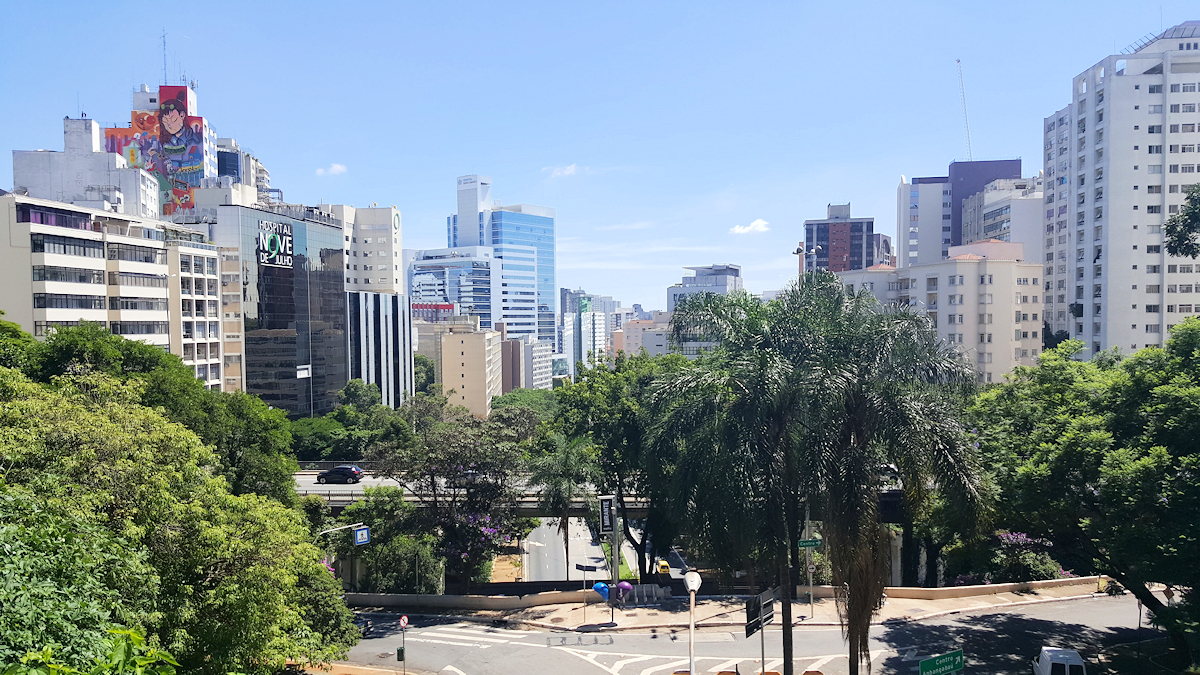
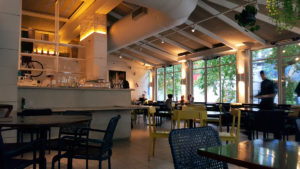
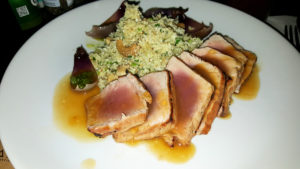
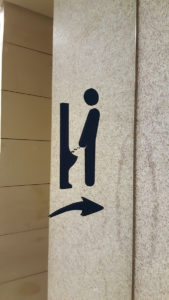
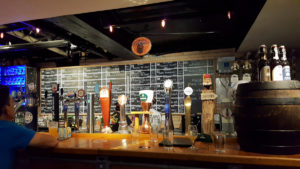
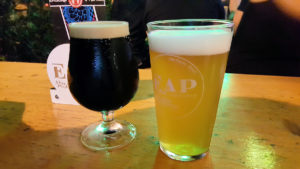
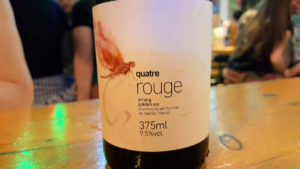
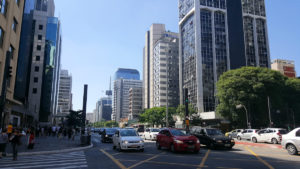
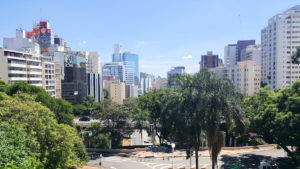
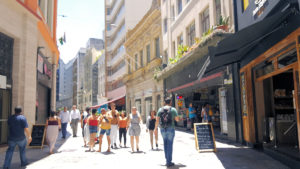
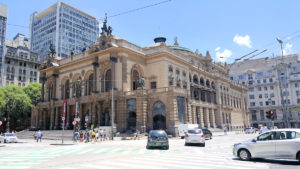
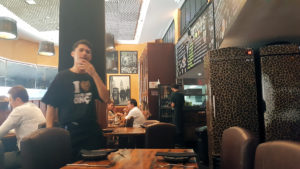
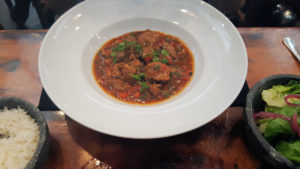
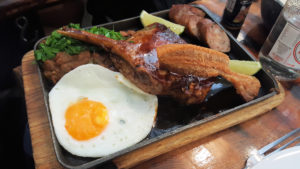
GRU = Guarulhus, which is the town the airport is located in
Thanks!
I’ve not spent that much time in Brazil, though I once did an intensive Portuguese course (in California) and can read it fairly well. Brazilians were very tolerant when I lapsed into Spanish, but I didn’t always understand their replies.
Yes, we haven’t had any problem communicating. It’s just an odd sort of thing to find that no one offers, or even thinks to offer, menus in the language of the majority of their surrounds. It’s also become quite clear that very few people speak more than a few words of Spanish, though many speak passable or better English.